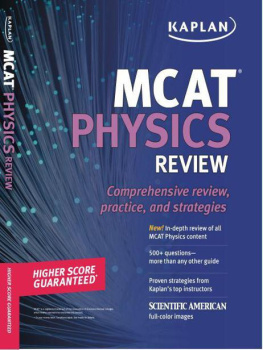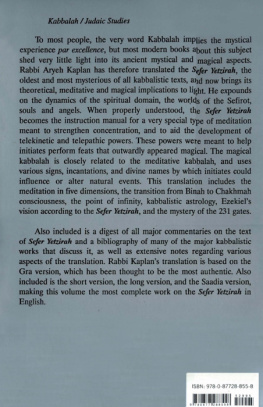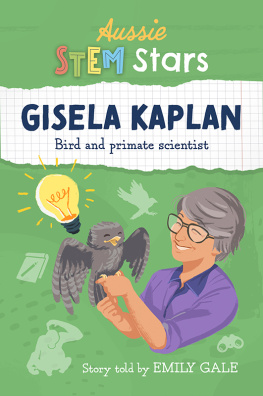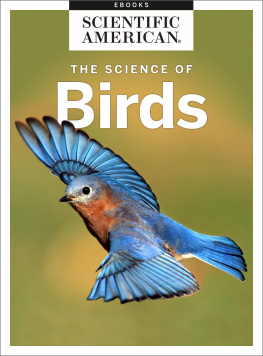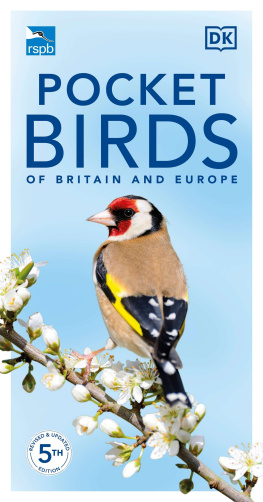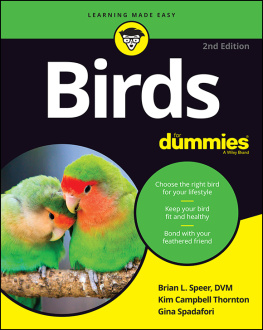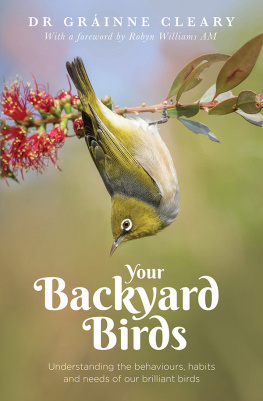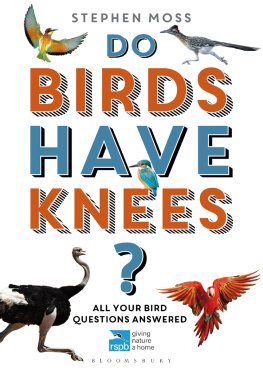About Bird Bonds
Some Australian native birds become childhood sweethearts and court for years before they get married. Others divorce because of personality clashes and different skill levels. Many negotiate their parenting duties. But how do these personal life events link to long-lasting bonds, long life-spans and exceptional overall intelligence?
Professor Gisela Kaplan, an eminent voice in animal behaviour, and particularly bird behaviour, draws on the latest insights in the evolution of particular cognitive and social abilities. She uncovers motivations and attractions in partner choice that are far more complex than was once believed. She shows how humans and birds may be more alike in attachment and mating behaviour than we think despite the enormous evolutionary distance between us.
Based on a wealth of original research and complemented by illustrations and colour photographs, Bird Bonds is a valuable resource and a beguiling insight into the world of the birds around us.

To Lesley Joy Rogers,
a giant in Australian science and the quiet, incorruptible scientific conscience behind all my writings
Contents
Preface
At no time in history have we talked and written about birds as much as in the last two decades. While dismissible as a fad, there may be deeper reasons for birds rise to eminence in the research literature, in magazines and books.
With some degree of caution, one can perhaps make the global observation that humans have always focused on stories that relate to their own self-understanding. As we are the only species left in the genus of hominids, there is an almost nervous awareness that we are on our own. While, at some level, some people take great comfort in believing that humans are the evolutionary pinnacle of the natural world, there is now a wealth of evidence that so many of the characteristics once thought to be unique to humans and seemingly to confirm the human status as the most advanced life form had antecedents in non-human species. Some species have qualities very similar to our own and, in some aspects, even surpass human abilities. For decades, great apes, especially chimpanzees, were enthusiastically promoted in documentaries and magazine articles premised on the information that chimpanzee DNA was 98 per cent identical to human DNA.
One suspected that much of the interest in great apes, even when not stated, was really an interest in human behaviour, as clearly shown in studies on communication and language. Years of research have been spent identifying the intelligence of great apes and any possible antecedents of language. This is still a vibrant research field and has revealed many important biological and evolutionary facts. However, the biological facts were often distorted and led to new mythologies, all hinging on the roughly 98 per cent of DNA similarity.
Biology does not work this way, as evidenced by the mapping of the mouse genome. This was published in 2002 in Nature and it showed, to the shock and disappointment of many, that mice share about 99 per cent of their DNA with humans. Hence, mere similarity of DNA is hardly good evidence for physical similarities and shared capabilities.
In recent years, researchers have started looking more at basic patterns in the evolution of vertebrates and this has led to broad-scale examination of brain power, especially the perceptual apparatus. Some researchers now believe that a basic cognitive software may be common to all animals and humans (Vallortigara et al. 2010).
Birds have a very important role to play in this new perspective. One of the highly innovative areas in bird evolution is vocal learning in songbirds and parrots and its associated aspects of brain structure. And then there is the question of cognition (how well do animals do cognitively, and does it go by brain size) and even social organisation. Are there advantages and disadvantages?
This book is based on the hypothesis that, in birds that evolved in Australia, sophisticated measures were developed to choose the right partner. There are biological, physiological, cognitive and emotional variables combined to assure long-lasting bonds, entire devotion to each other and to their offsprings safety and long lives as a product of cooperative sharing behaviour, in which differences are set aside to a large degree. For years we have been told that sexual selection may be as simple as an extra bright feather or a more complex song, and that males have to display these specific qualities and females then choose the best.
First, as others noted many years ago, colours, sounds or even smells are not inherent properties of the object, but the product of the brain of the animal perceiving the object. Second, the facets of what is perceived has traditionally been confined to sights and sounds. We now know that a sense of smell may have been underestimated, and this alone is a complex business. We may also have underestimated emotional states, let alone more advanced mechanisms involving planning and decision-making in mate-choice, and even more sophisticated cognitive processes.
Australian land birds make an excellent test case as to whether such an approach will provide us with a deeper understanding of how mate-choice in long-bonded pairs actually works.
Some of these questions will be raised in this book. The very impetus for writing this book is the excitement and suspicion that the examples seen in birds may resonate with certain patterns of behaviour in humans. Birds and humans may have some common social rules and similarities in how much and for how long they can learn and live. This connection is possible despite the enormous evolutionary distance between humans and birds.
There are some advantages and capabilities that we, as humans, value particularly highly and, not surprisingly, these are the topics that have fired the imagination. Among them are vocal learning, life expectancy and intelligence. In Australia, we are particularly privileged to find countless species in which these social and biological factors, and their possible co-dependence or inter-relationship, can be discovered in birds.
This book explores the fundamental life-history events of sex roles and sexuality, reproduction, bonding and separation, and parenting options. Is there evolutionary evidence that Australian avian species have evolved in ways that increase life expectancy and the survival of offspring? Why does Australia have so many long-lived and cooperative species? What does it take to make intelligent choices and lead to the best outcomes?
When thinking about life expectancy in the context of cognition, and the kind of social organisation the most intelligent species choose, one comes across some exciting evidence that there are basic principles of core relationships which may lead to outcomes that are superior to others. In Australia, we have a unique opportunity to contribute to theories of avian evolution because this is where modern songbirds and parrots first evolved. Charles Darwin has provided us with a universal law of natural selection and a secondary principle of sexual selection. The latter is one of the important topics in evolutionary biology. In the present realisation that so many of Australias native birds are declining in numbers, it is an urgent task to learn as much as possible about their behaviour and also establish what the ancestral lines of birds produced as innovation, particularly for the safe raising of offspring.





